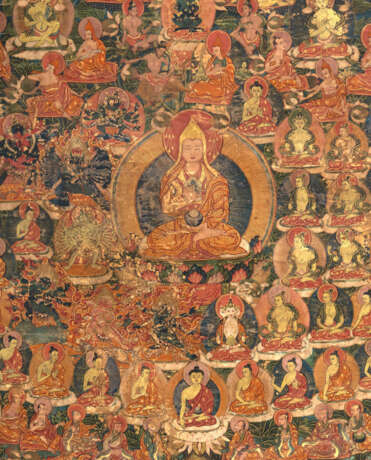ID 875234
Los 39 | Wunschbaum der Zufluchtnahme
Schätzwert
€ 2 000 – 3 000
Tibet, 2. Hälfte 18.Jh.
80 x 59 cm R.
| Kategorie des Auktionshauses: | Asiatische Kunst |
|---|
| Kategorie des Auktionshauses: | Asiatische Kunst |
|---|
| Adresse der Versteigerung |
Nagel Auktionen GmbH Neckarstrasse 189 - 191 70190 Stuttgart Deutschland | ||||||||||||||
|---|---|---|---|---|---|---|---|---|---|---|---|---|---|---|---|
| Vorschau |
| ||||||||||||||
| Telefon | +49 (0)711 649 690 | ||||||||||||||
| Fax | +49 (0)711 649 69696 | ||||||||||||||
| Aufgeld | 29,5% | ||||||||||||||
| Nutzungsbedingungen | Nutzungsbedingungen | ||||||||||||||
| Geschäftszeiten | Geschäftszeiten
|




